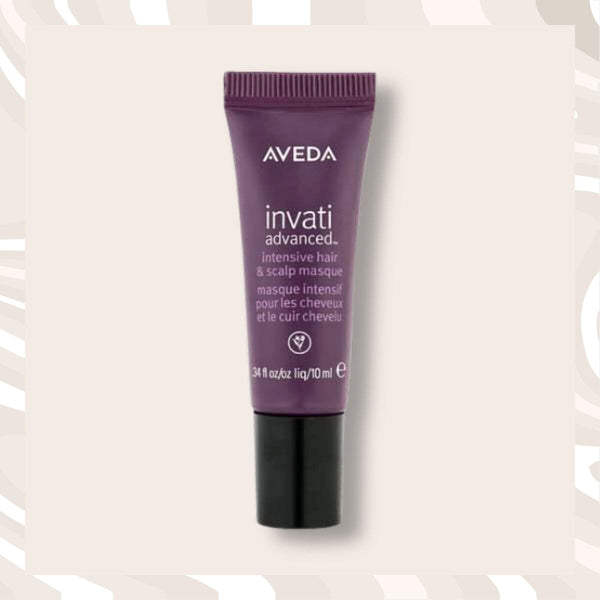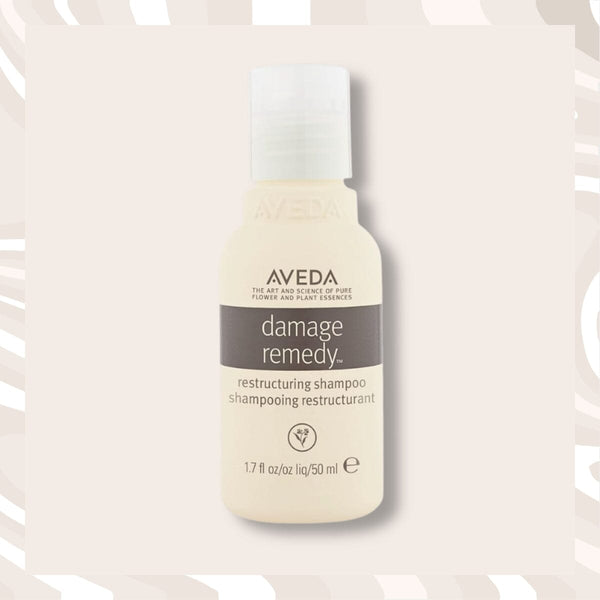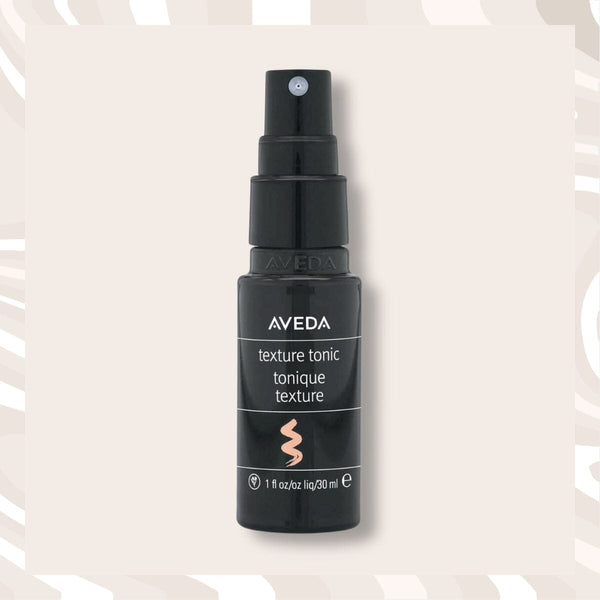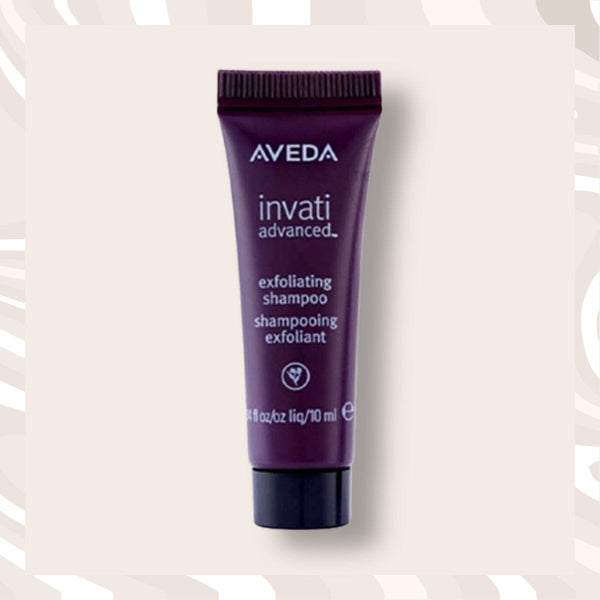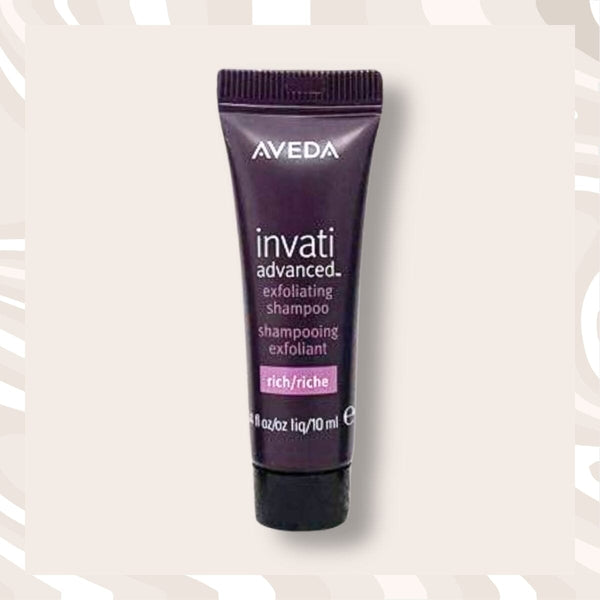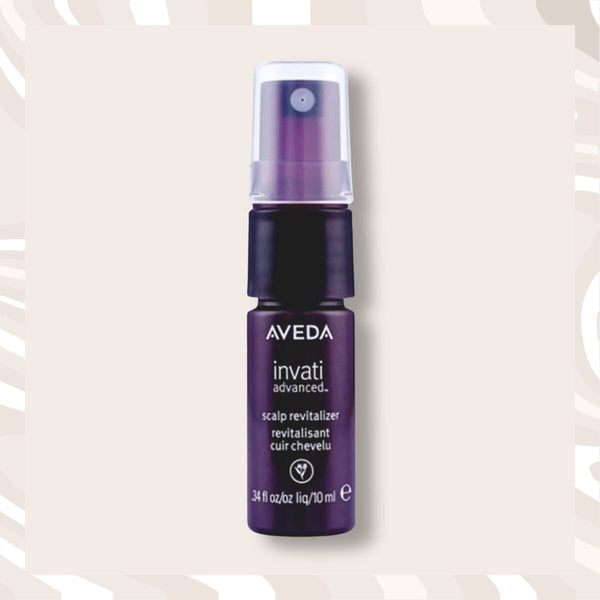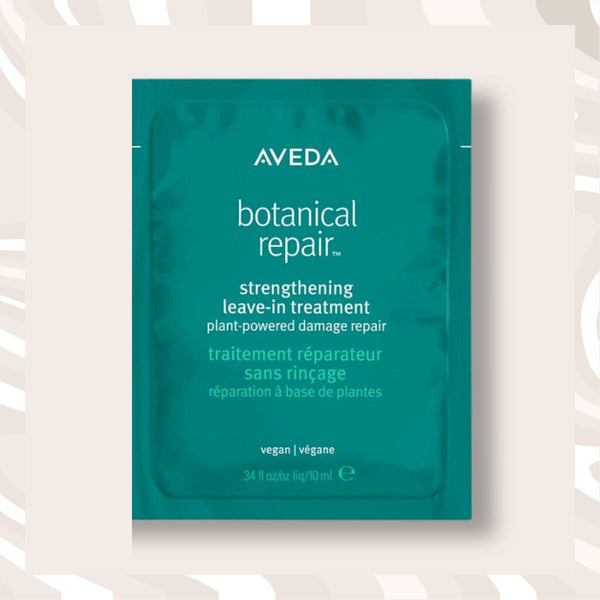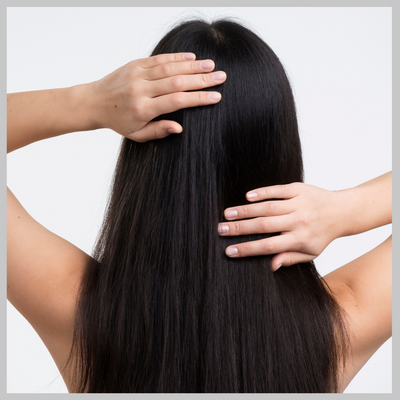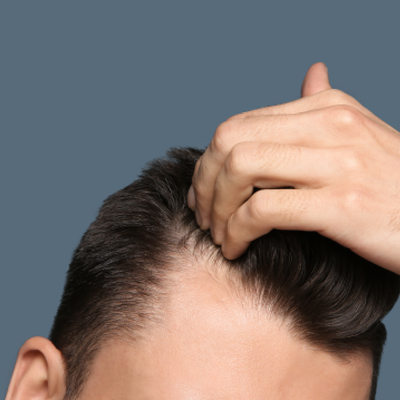With cities on quarantine, many of us are recommended to stay indoors for our health, and the safety of the public at large. It cannot be stressed enough that if you are not an essential frontline, staying at home is your best contribution to this fight against the coronavirus. Realistically speaking though, there remains a handful of reasons why you might need to step outside. Whether it’s going out for a quick grocery run or to volunteer as at your nearest hospital or shelter if leaving your home is unavoidable, here's some helpful tips to protect yourself.
Be wary of surfaces you touch including your hair
The virus can survive on surfaces for as long as three days on some objects including metal, plastics, and even loose strands of hair. Although the natural oils in healthy hair repel impurity that limit the build-up of organism in your hair, it still depends on the state of your hair. Frequent bathing from hair to toe is the best way to eliminate these potential hazards on your body.
Tie Back Your Hair
If there was a time to tie your hair back, now would be it. Keep your hair away from your face just as an added precaution and to avoid unnecessarily touching your face. Shampoo regularly especially after having contact outside. Check out our article on your hair and the coronavirus here.

Avoid touching your eyes, nose, and mouth.
While it maybe tempting to touch your face – especially when reminded not to – you must resist the urge. The Covid-19 can be spread in virus- laden droplets left by an infected person. These can potentially infect others when they come into contact with contaminated surfaces. To avoid the further spread of the virus, the WHO recommends you not only wash and disinfect your hands often, but also avoid touching your face and even your hair entirely.

Wash or disinfect your hands frequently
The prevailing rule of thumb –pun intended– is to wash your hands with soap and water for at least 20 seconds. If soap and water are not easily accessible, have on hand alcohol or hand sanitizer that’s at least 70% proof ethyl or isopropyl alcohol. Don’t hesitate to use this frequently and liberally.
Bathe Regularly
Make sure to bathe daily and thoroughly, give special attention to your hands and hair, since they are likely to touch your face. To avoid the spread of the virus in your home, especially if you’ve stepped out, disinfect items that came in contact with the outside immediately.

Cough or sneeze on your bent elbow not on your hands.
As a growing number of cases are asymptomatic, the WHO also recommends that you avoid coughing or sneezing on your hands, even if you don’t think you have the virus. Better still if you have it, wear a facemask to help control catch the spread of the virus.
Social Distancing and Community Transmission
The two big buzz words that have emerged from this pandemic have been social distancing, which means to limit your exposure to others, and community transmission which plainly means the spread of the virus between patients in a particular area are unliked. Some examples of social distancing have been to limit the number of people entering establishments like groceries, or the postponement of gatherings all to limit the possible community transmission, especially as some positive cases do not present any symptoms. As much as you’d like to give your loved ones a hug or visit a friend, the best thing you can do right now is to hold-off on leaving your home. Instead, find other ways ways to reach out.
We hope this quick guide was helpful for you and empowers even if just a little bit. If you want more information on how to protect against the coronavirus, visit the World Health Organization. If you have questions for us, connect with us online. We remain here for you.


